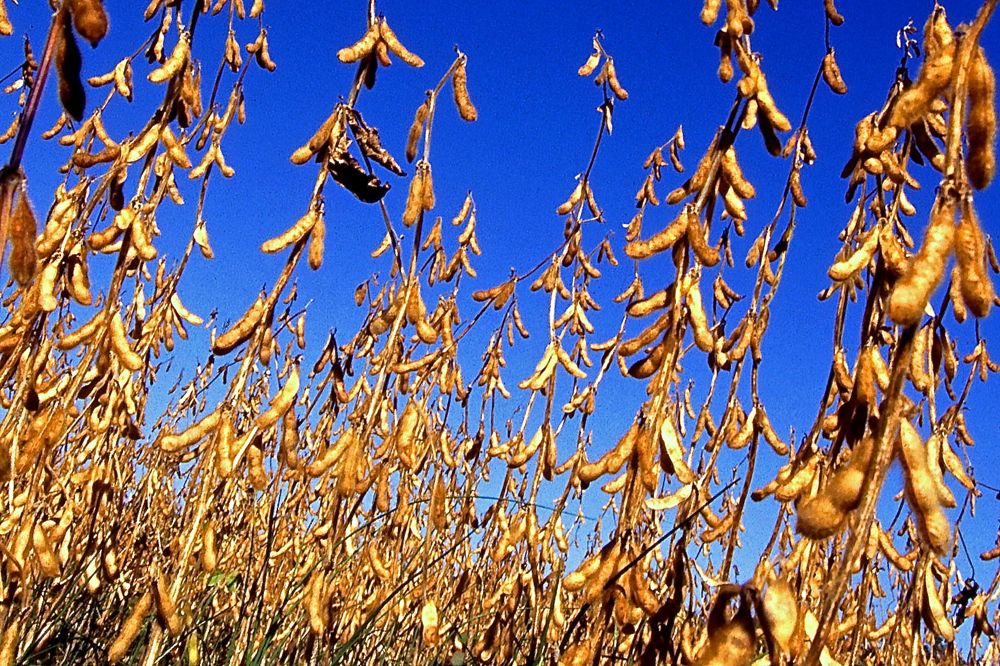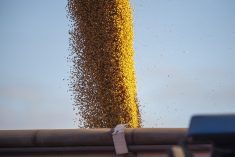Chicago | Reuters — U.S. soybean futures eased on Monday for the first time in five sessions as profit-taking undercut earlier support stemming from weather forecasts suggesting little rain in drought-hit Argentina, the world’s third-largest exporter.
Corn ended higher on concerns about a shrinking crop in Argentina, the world’s No. 3 supplier.
Wheat futures jumped about two per cent as dry conditions in the U.S. Plains and severe cold in Europe also fuelled weather concerns.
Investors were assessing the scale of drought losses to Argentina’s upcoming harvest and to what extent the damage will be offset by an expected record crop in Brazil.
Read Also

U.S. grains: Corn rebounds from contract lows on short covering, bargain buying
Bargain buying and short covering lifted U.S. corn futures on Monday after the market slid to contract lows on expectations for strong U.S. output, traders said.
“Argentina’s dryness has been the big story in the soybean market, but record Brazilian supplies should compensate for some of the supply losses,” said Phin Ziebell, an agribusiness economist for National Australia Bank.
Parched Argentine fields are expected to receive about 15 millimetres of rain in the coming days, short of the 100 mm needed to reverse some of the damage to crops, meteorologist German Heinzenknecht of the Applied Climatology Consultancy said.
Brazilian soybean farmers, however, are expected to harvest a record 117.5 million tonnes of soybeans in the 2017-18 crop cycle, a top executive at Brazil-based consultancy Agroconsult said on Friday.
Chicago Board of Trade March soybeans closed down two cents at $10.34-1/4 a bushel while actively traded May futures shed 1-1/2 cents to $10.46 a bushel (all figures US$). May through March 2019 posted contract highs before retreating.
CBOT March corn was up 2-1/4 cents at $3.68-1/2 a bushel while May gained 2-3/4 cents to $3.77-1/4 a bushel, a five-month high.
Weather worries were also building up in the wheat market, with weather forecasts turning dry again in the U.S. Plains and intense cold across Europe raising concern of frost damage.
Russian grain belts facing the most extreme cold were expected to be protected by snow cover, but parts of Ukraine and Poland were seen as vulnerable, analysts said.
Traders are waiting for monthly crop condition updates from the U.S. Department of Agriculture for some key wheat states, including top producer Kansas, due later on Monday.
“In the last report they really dropped those good-to-excellent ratings and the trade is anticipating that ratings will not be much improved,” said Brian Hoops, president of Midwest Market Solutions.
CBOT March soft red winter wheat jumped 7-1/4 cents to $4.59-1/2 a bushel. March K.C. hard red winter wheat was up 8-3/4 cents at $4.77-3/4 a bushel.
— Karl Plume reports on agriculture and agribusiness for Reuters from Chicago; additional reporting by Gus Trompiz in Paris and Naveen Thukral in Singapore.


















